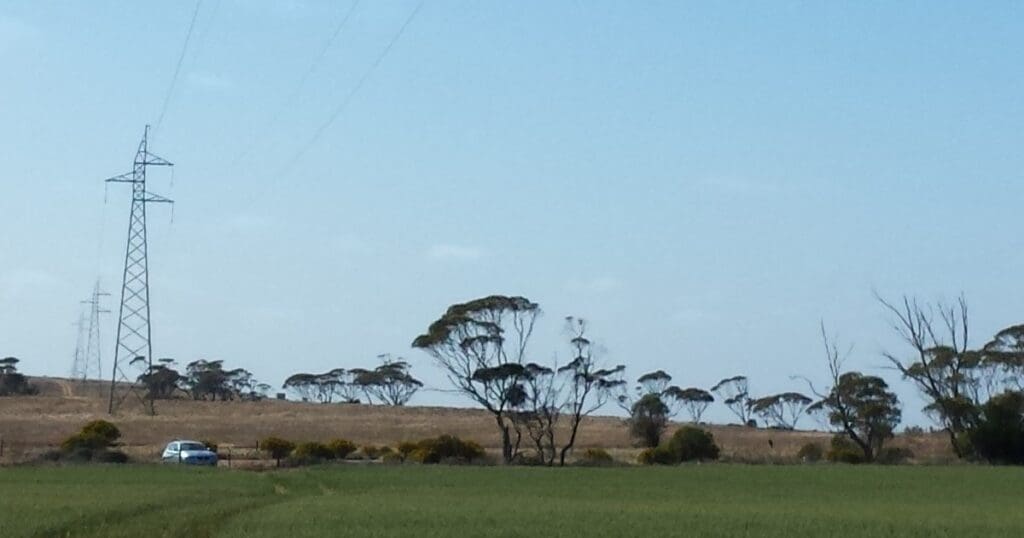
Maximizing Efficiency and Sustainability: Life Cycle Analysis – ACSR GZ vs. AAAC 1120
At its essence, transmission and distribution losses stem from a fundamental physical phenomenon. Yet, the seemingly straightforward process of “moving electricity” from Point A to Point B is intricately layered with a myriad of variables. The performance of compact networks, where generation and load are in proximity, contrasts with the dynamics of “long stringy” networks catering to remote communities. The transmission line losses are influenced not only by the geographical layout but also by the seasonal and daily variations, such as the heating effects of the sun and the cooling impact of even gentle breezes. These factors collectively contribute to the nuanced complexity that veils the simplicity of the underlying physics involved in the electricity transfer process.
The Life Cycle Analysis (LCA) presentation is a comprehensive exploration of the environmental, economic, and social impacts associated with overhead transmission lines. This two-hour session focuses on the comparison between ACSR GZ and AAAC 1120 round wire conductors: Lemon vs. Nitrogen and Orange vs. Selenium. Additionally, insights into the use of High Temperature Low Sag (HTLS) compared to compact AAAC 1120 designs are discussed.
1. Comparative Analysis: The heart of the presentation lies in the detailed comparison of line losses between ACSR GZ and AAAC 1120 conductors. Generic examples for 132kV Lemon vs. Nitrogen and 500kV Orange vs. Selenium are presented and participants will gain a nuanced understanding of the strengths and limitations of each conductor, paving the way for informed decision-making.
2. Greenhouse Gas Footprints: Understanding the environmental impact of transmission line conductors is paramount. The LCA presentation delves into the greenhouse gas footprints of ACSR GZ and AAAC 1120, offering participants valuable insights into the ongoing greenhouse gas burden associated with line losses.
3. HTLS vs. Compact AAAC 1120 Designs: A crucial aspect of modern transmission line design is the management of transmission system risk. Many networks are looking to the adoption of High Temperature Low Sag (HTLS) and compact AAAC 1120 configurations. The presentation will shed light on the benefits and considerations associated with these advancements, providing participants with a clear perspective on their integration into transmission networks.
4. Target Audience: Tailored for Utility Engineers, Transmission Line Consultants, and Regulators, the presentation is designed for professionals actively engaged in enhancing our aging transmission network and facilitating the integration of wind and solar farms. The content is crafted to meet the specific needs of those at the forefront of shaping the future of energy transmission.
5. Booking Information: Interested parties can secure their spot in this insightful presentation by contacting Michael Lee . Options include small group online presentations or larger face-to-face group sessions (to be arranged). This flexibility ensures accessibility for individuals and teams seeking to deepen their understanding of the life cycle dynamics of overhead transmission lines and the crucial role the choice of conductor has.
6. Part of a Larger Program: The LCA presentation serves as one module within a broader two-day program on the Metallurgy of Overhead Lines. Participants looking to delve deeper into the intricacies of overhead line materials and technologies can benefit from the comprehensive content offered over the two-day course.
As we navigate the complexities of modern energy transmission, the Life Cycle Analysis presentation stands as a crucial guide for professionals seeking to optimize efficiency and sustainability. Book your place for this enlightening two hours that promise to deepen your understanding of ACSR GZ and AAAC 1120 conductors, empowering you to contribute to the transformation of our transmission networks. Contact Michael Lee today to secure your place in this essential exploration of the Metallurgy of Overhead Lines.